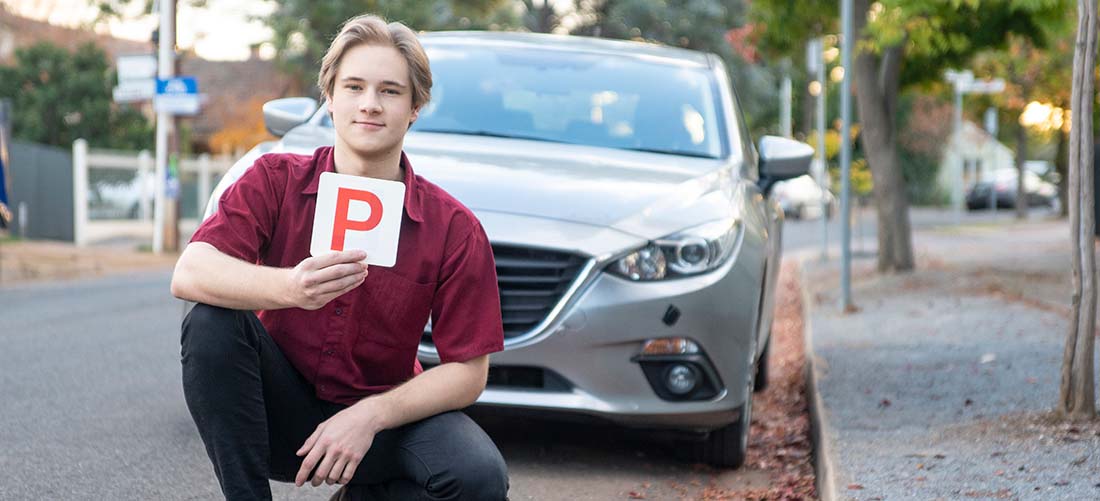Young drivers and riders, with a focus on those living in regional and remote areas
Young drivers and riders aged 16 to 24 living in regional or remote South Australia are around three times more likely to be involved in a crash in which they lose their life or are seriously injured compared with Adelaide residents of the same age.
There will be a particular focus on the use and promotion of safer vehicles in regional and remote areas with younger drivers. Many young people drive older cars which do not have the safety features available in newer models. Finding ways to encourage and assist young drivers into safer vehicles could have major safety benefits, as newer vehicles with advanced safety technologies may help to avoid crashes or reduce the severity of injuries in the event of a crash.
An example of what we are already doing
Motorcycle riding is becoming more popular among young people, and tragically, the number of young people are overrepresented in crashes in terms of motorcycle licence and registration numbers. For novice motorcycle riders, data for the 16-19 year old age group shows that over the last five years, the trend in young rider lives lost and serious injuries increased by an average of about 18.9% per year.
In 2021 enhancements to the South Australian motorcycle Graduated Licensing Scheme (GLS) came into operation to improve the safety of novice motorcyclists and other road users. A GLS is a staged approach to obtaining a full licence, with learners commencing in relatively low risk situations. As the novice grows in knowledge, skills and on-road experience, restrictions are gradually lifted as they progress through to an intermediate stage and then to a full licence.
Enhancements include raising the minimum age for a motorcycle learner’s permit from 16 to 18 years (with some exemptions), extending the time holders of a motorcycle learner’s permit and R-Date licence classification are required to hold their permit or licence before progressing to the next stage and a number of restrictions relating to passengers, towing trailers, night-time riding restrictions, zero alcohol and riding only an automatic motorcycle if tested on one. Taken together, these measures will mean that generally people will be older and have had more riding experience before they can ride a motorcycle of any size.
The changes to the South Australian motorcyclist licensing system implement several recommendations made by the Centre for Automotive Safety Research (CASR). The recommendations of CASR provided an independent review of best practice Graduated Licensing Systems to reduce the risk of crashing for novice motorcyclists in South Australia.30
Key strategies
- Targeted public awareness campaigns and education specific to younger drivers including encouraging selecting the safest vehicle accessible to them for the journey or purpose of their travel, and information available to select the safest vehicle that they can afford e.g. the Used Car Safety Rating;
- Research to better understand why regional and remote younger drivers and riders are over-represented in serious crashes;
- Targeted road safety education and messaging to address dangerous behaviour among younger drivers and riders;
- Investigate measures to improve access to driver training;
- Driver training will be strengthened so that novice drivers have more effective training and experience to identify and undertake safe driving practices; and
- Rider training will be strengthened so that novice riders have more effective training and experience to identify and undertake safe driving practices.


